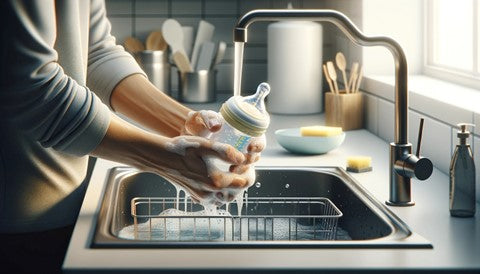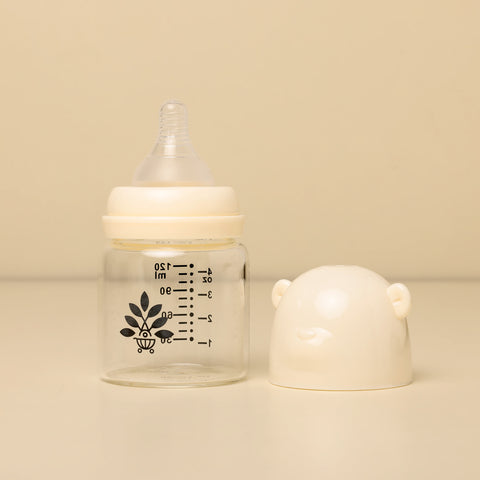
Secrets of Licorice: Ancient Remedy or Modern Superfood?



Comprehensive Baby Feeding Chart for 2-Year-Olds

How to Avoid Nipple Confusion While Breastfeeding and Bot...

How to Prepare for Baby's First Cold and Flu Season: A Co...

Is Formula Feeding Safe for Your Little One?

10 Essential Ayurvedic Products For Babies

5 Winter Foods That You Should Include In Your Lil One's ...

All You Need To Know About Breastfeeding

07 Winter Tips for Your Baby's Delicate Skin

What Causes Colic? A Simple Guide for Parents

9 Easy Tips to Encourage Self-Feeding for Babies

A Parent's Guide to Organic Baby Clothes: What You Need t...

5 Cute Must-Have Summer Dresses for Baby Girl

Benefits of Anti-Colic Feeding Bottles

Nourishing the New Mother: Ayurvedic Postnatal Care Pract...

Nervous About weaning Your Baby? Here Is What You Need To...

Feeding Your Infant: Common Challenges and How to Overcom...

How to Safely Heat Milk for Your Baby: Tips and Techniques

Burping Baby 101: Why It Matters and How to Do It Right!

Comprehensive Baby Feeding Chart: Ages 0-12 Months

A Beginner's Guide to Baby-Led Weaning

The Benefits Of Baby Feeding Bottle: A Parent’s Guide

How to Create the Perfect Feeding Schedule for Your Newborn

The Ultimate Baby Feeding Checklist: From Newborns to Tod...

Purees vs. Finger Foods: Which Is Best for Your Baby?
For new parents and caregivers, cleaning and washing baby feeding bottles is an essential step in maintaining proper hygiene for the baby. It helps in preventing the growth of bacteria and other contaminants, which ensures the safety of your baby. Cleaning baby feeding bottles is a crucial task that needs to be performed regularly since, with time, baby bottles can get dirty and contaminated. Thus, it is important to follow proper cleaning procedures. Whether you're using them for formula or expressed breast milk, keeping these bottles clean is crucial for your baby's health. However, do not worry; this guide is designed to make the process as simple and stress-free as possible.
Before we dive into cleaning, let's talk about selecting the right feeding bottle for your baby. Not all bottles are created equal and finding the perfect one can save you a lot of time and hassle down the line.

An ultra-wide neck design is something to consider when choosing a bottle. This feature makes it easier to clean the bottle by hand, ensuring that you can reach all parts of the bottle without the need for special brushes or tools. Bottles with fewer parts are also easier to clean and reassemble.
If you have a dishwasher, you have to ensure that your chosen bottle should be dishwasher-safe. This can significantly streamline the cleaning process. However, it's still important to occasionally deep-clean bottles by hand to ensure that no residue or milk build-up is left behind.
When selecting the perfect baby feeding bottle for your little one, especially for breastfeeding infants, finding a bottle that closely mimics breastfeeding can make a significant difference. Opt for bottles whose nipple design is specifically crafted to replicate the breastfeeding experience. This design promotes a seamless transition from breast to bottle, making it easier for your baby to adapt without confusion or refusal.
Now, let's break down the process and understand how to clean your baby's feeding bottles. It's not as daunting as it might seem!
While washing with hot, soapy water is sufficient for daily cleaning, sterilising your baby's bottles can offer extra protection, especially for newborns or babies with weaker immune systems.
Once the bottles are dry, reassemble them to prevent any contamination from dust or pests. Store the clean bottles in a clean, dry cabinet until they are ready to be used again.
Cleaning your baby's feeding bottles might seem like a daunting task, but with the right tools and a bit of knowledge, it can become a quick and simple part of your routine. Remember, a well-chosen bottle can make this task easier, so consider options with an ultra-wide neck design for hassle-free cleaning. With these tips, you'll ensure that your baby's feeding bottles are always clean, safe, and ready for use.

